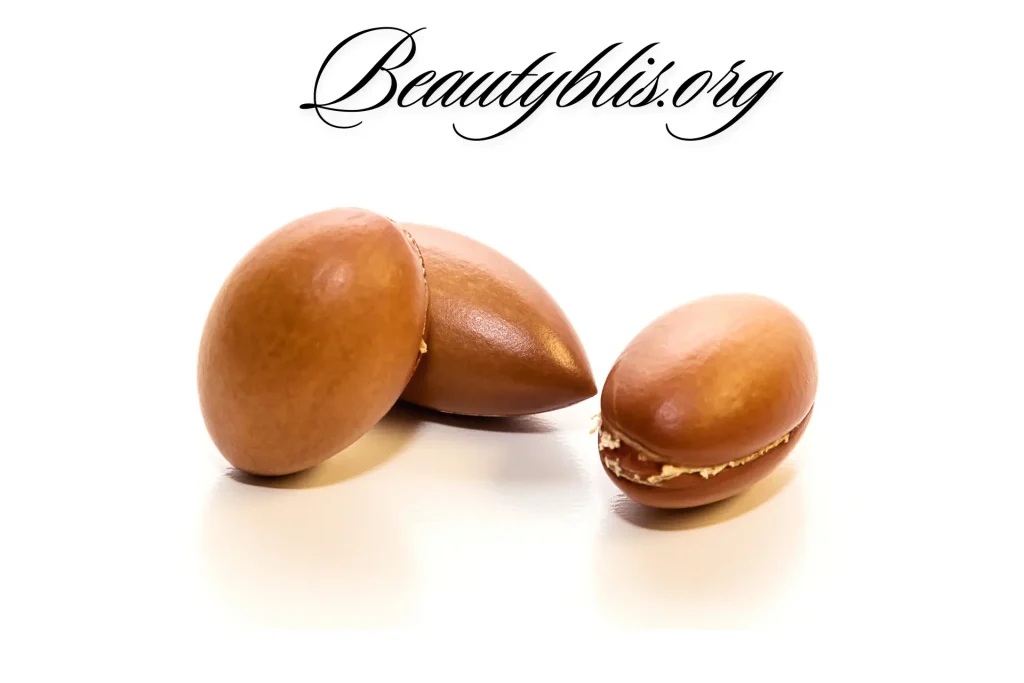Argan oil, often referred to as “liquid gold,” is renowned for its numerous health and beauty benefits. Extracted from the nuts of the argan tree (Argania spinosa), which is native to Morocco, this oil has become a staple in both culinary and cosmetic applications. However, the extraction process is intricate and varies significantly, impacting the quality, flavor, and nutritional value of the oil. In this article, we will explore the different argan oil extraction methods, shedding light on their advantages and disadvantages.

Understanding Argan Oil
Before diving into extraction methods, it’s essential to understand what argan oil is and why it’s so valued. Argan oil is rich in essential fatty acids, antioxidants, and vitamin E, making it a powerful ingredient for skincare, haircare, and culinary uses. The oil is produced from the kernels of the argan fruit, which contains one to three oil-rich seeds.
Traditional Extraction Method
Overview
The traditional method of extracting argan oil is a labor-intensive process that has been passed down through generations, primarily among Berber women in Morocco. This method is not only a cultural practice but also a sustainable way to produce high-quality oil.
Steps Involved
- Harvesting: The first step involves harvesting the argan fruit from the trees. Traditionally, goats climb the trees to eat the fruits, and the nuts are collected from their droppings, which reduces labor but may not be appealing to everyone.
- Drying: Once collected, the fruits are dried in the sun to facilitate the removal of the fleshy pulp.
- Cracking: The dried nuts are cracked open using stones to extract the kernels. This step requires skill to avoid damaging the fragile kernels inside.
- Grinding: The kernels are then ground into a paste, often using a traditional stone mill. Water is added during this process to help extract the oil.
- Pressing: The paste is then squeezed by hand to separate the oil from the solids. This method is time-consuming and can take up to a week to produce a small quantity of oil.
Advantages
- High Quality: The traditional method produces high-quality, pure argan oil that retains most of its beneficial properties.
- Cultural Significance: This method supports local communities and preserves traditional practices.
Disadvantages
- Labor-Intensive: The process is time-consuming and requires significant manual labor.
- Limited Production: Due to the time and effort involved, the quantity of oil produced is relatively small.
Mechanical Extraction Method
Overview
With the growing demand for argan oil, mechanical extraction methods have been developed to increase efficiency and production. This method is commonly used in women’s cooperatives in Morocco.
Steps Involved
- Harvesting and Drying: Similar to the traditional method, the fruits are harvested and dried.
- Cracking: Instead of using stones, mechanical devices are used to crack the nuts, making the process faster and less labor-intensive.
- Pressing: The kernels are then mechanically pressed to extract the oil. This can be done using hydraulic presses, which apply significant pressure to extract a higher yield of oil.
- Filtering: After extraction, the oil undergoes filtering and cleaning processes to remove impurities.
Advantages
- Higher Yield: Mechanical methods can produce more oil in less time compared to traditional methods.
- Consistency: The mechanical process can yield a more consistent product in terms of flavor and quality.
Disadvantages
- Potential Quality Loss: Some argue that mechanical extraction can lead to a loss of beneficial compounds compared to traditional methods.
- Less Cultural Heritage: This method may not support local traditions as effectively as the traditional method.
Solvent Extraction Method
Overview
The solvent extraction method is a more modern approach that uses chemicals to extract oil from the kernels. This method is less common for high-quality argan oil but is worth mentioning due to its prevalence in other oil extraction processes.
Steps Involved
- Preparation: The kernels are cleaned and prepared for extraction.
- Solvent Application: A solvent, typically hexane, is used to dissolve the oil from the kernels.
- Evaporation: The solvent is then evaporated, leaving behind the oil.
- Refining: The extracted oil is often refined to remove any residual solvents and impurities.
Advantages
- Cost-Effective: This method can be cheaper and faster than traditional and mechanical methods.
- High Yield: Solvent extraction can yield a larger amount of oil from the same quantity of kernels.
Disadvantages
- Quality Concerns: The use of solvents can introduce harmful residues and reduce the oil’s nutritional value.
- Health Risks: There are potential health risks associated with consuming or using oil extracted with solvents.
Conclusion
Understanding the various argan oil extraction methods is crucial for consumers looking to choose high-quality products. The traditional method, while labor-intensive, produces pure and high-quality oil that supports local communities and preserves cultural heritage. Mechanical extraction offers efficiency and consistency, while solvent extraction, although cost-effective, raises concerns about quality and safety.
When purchasing argan oil, consider the extraction method used, as it can significantly impact the oil’s quality and benefits. By making informed choices, you can enjoy the numerous advantages of argan oil while supporting sustainable practices.
Meta Description: Explore the different argan oil extraction methods, their advantages, and disadvantages. Make informed choices for quality argan oil today!
